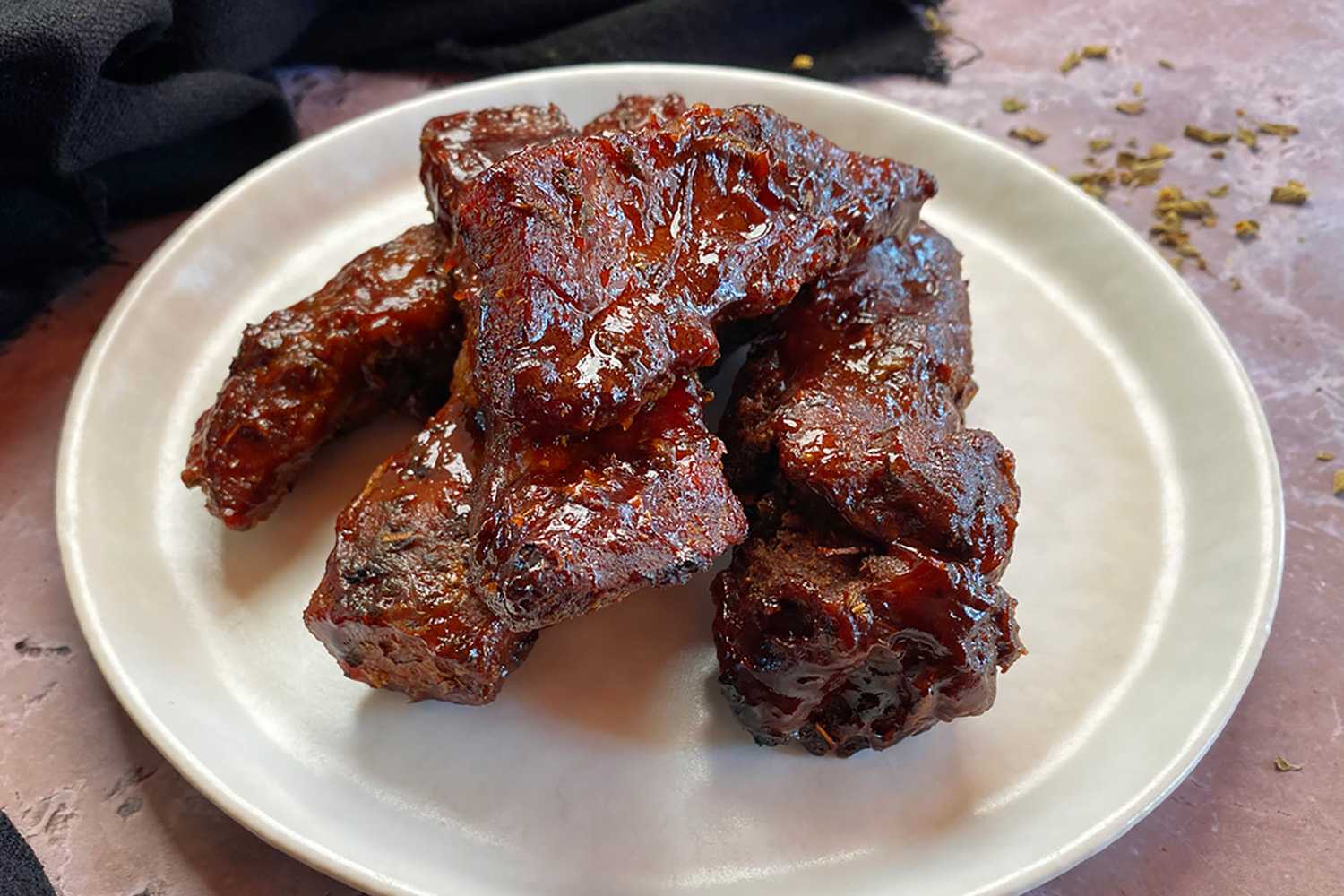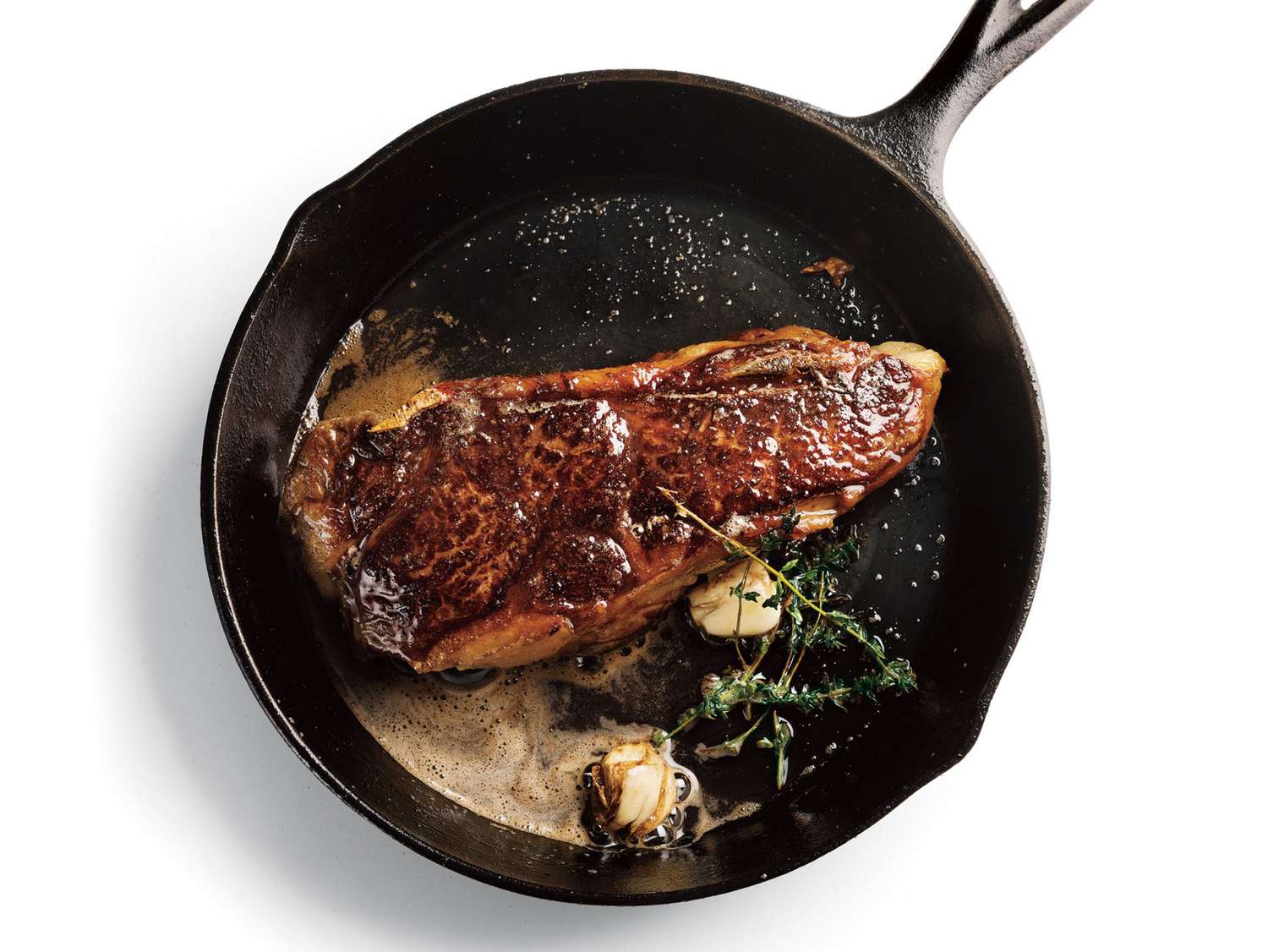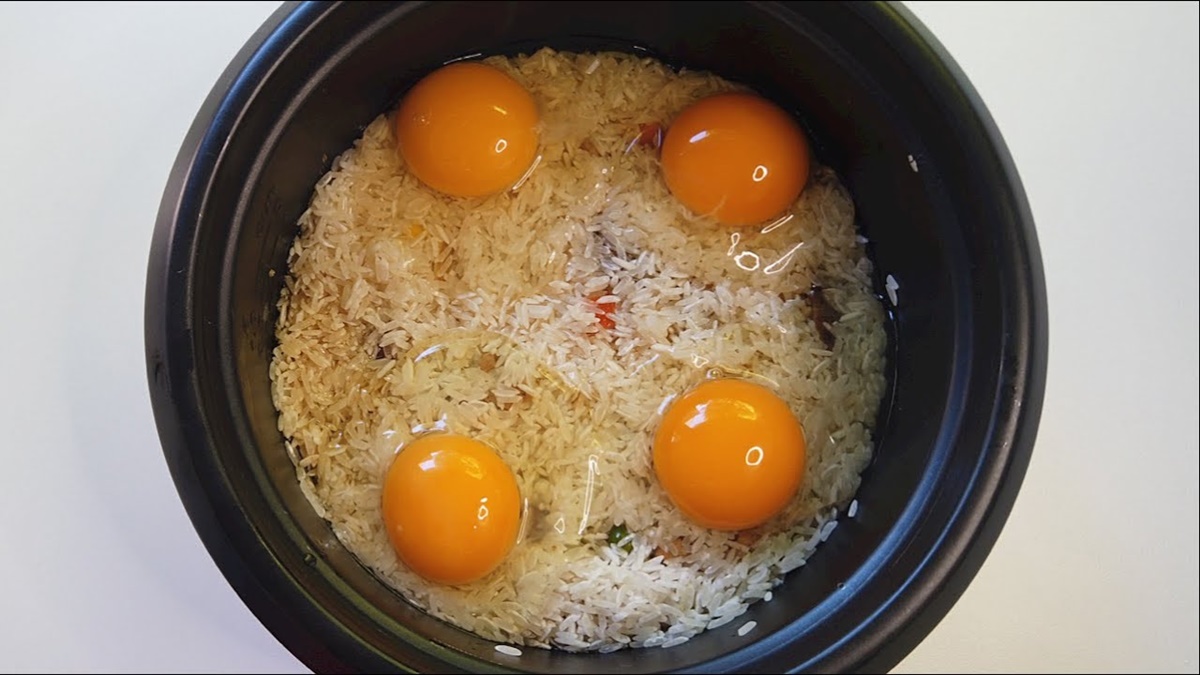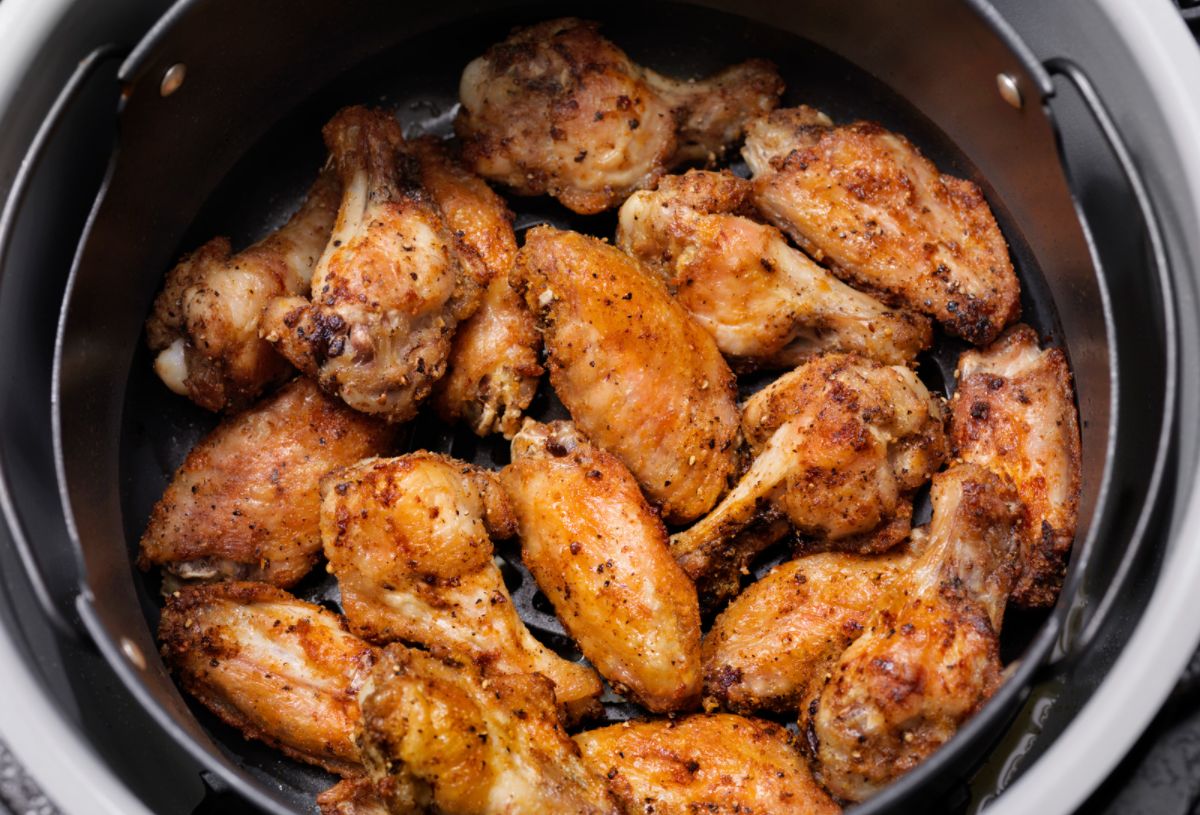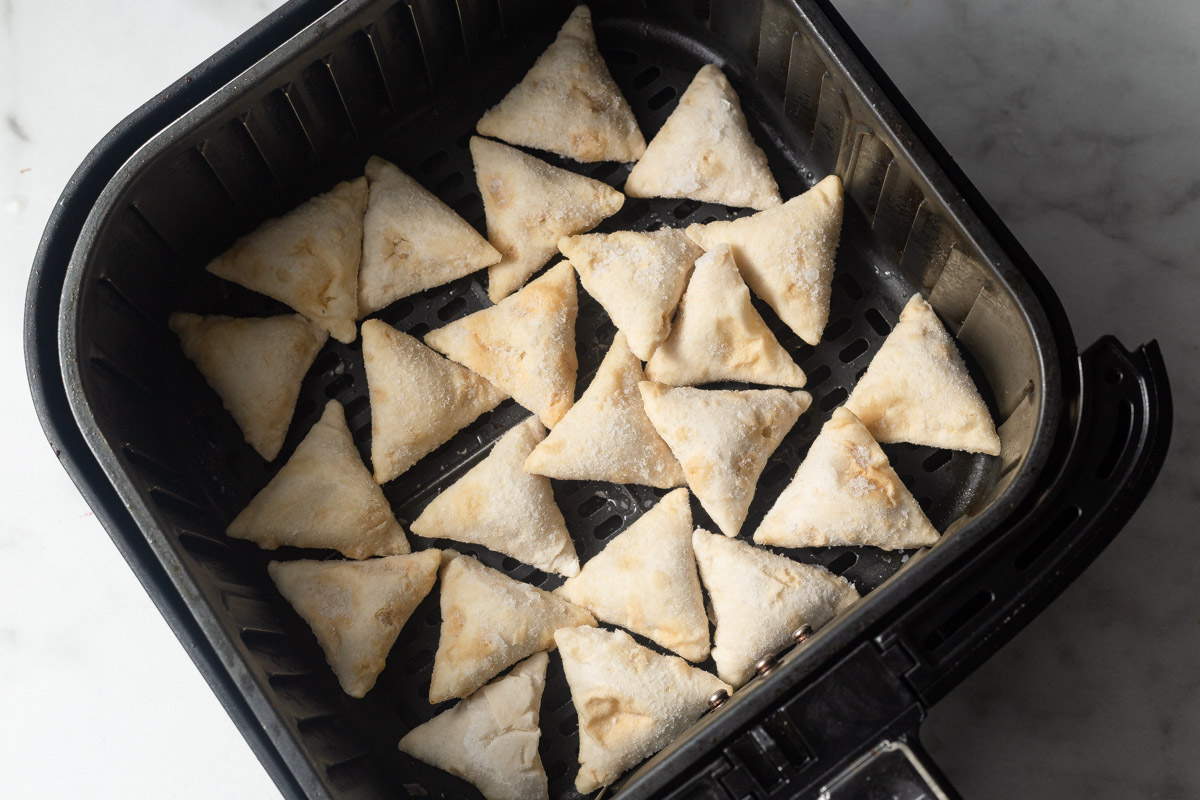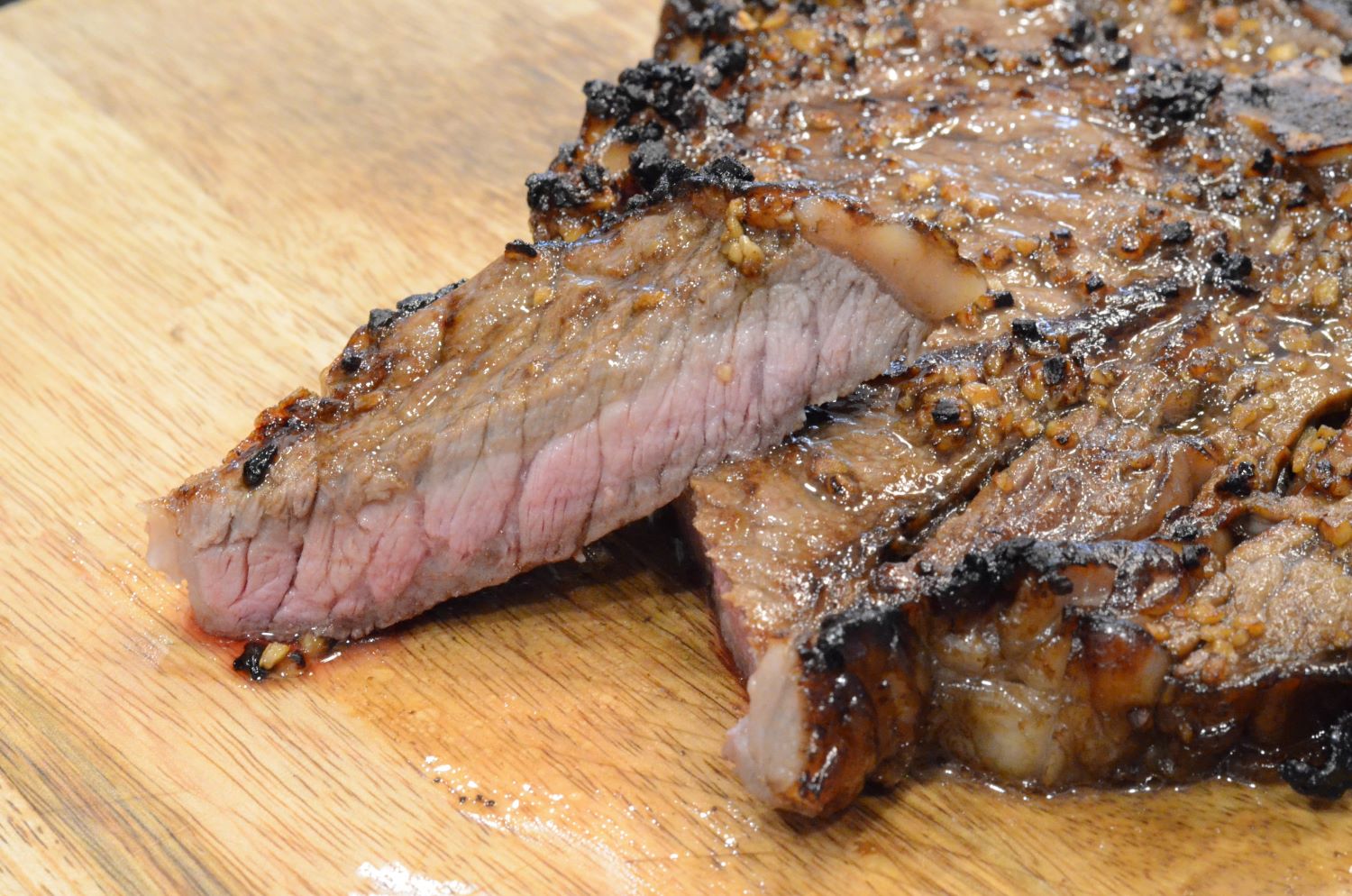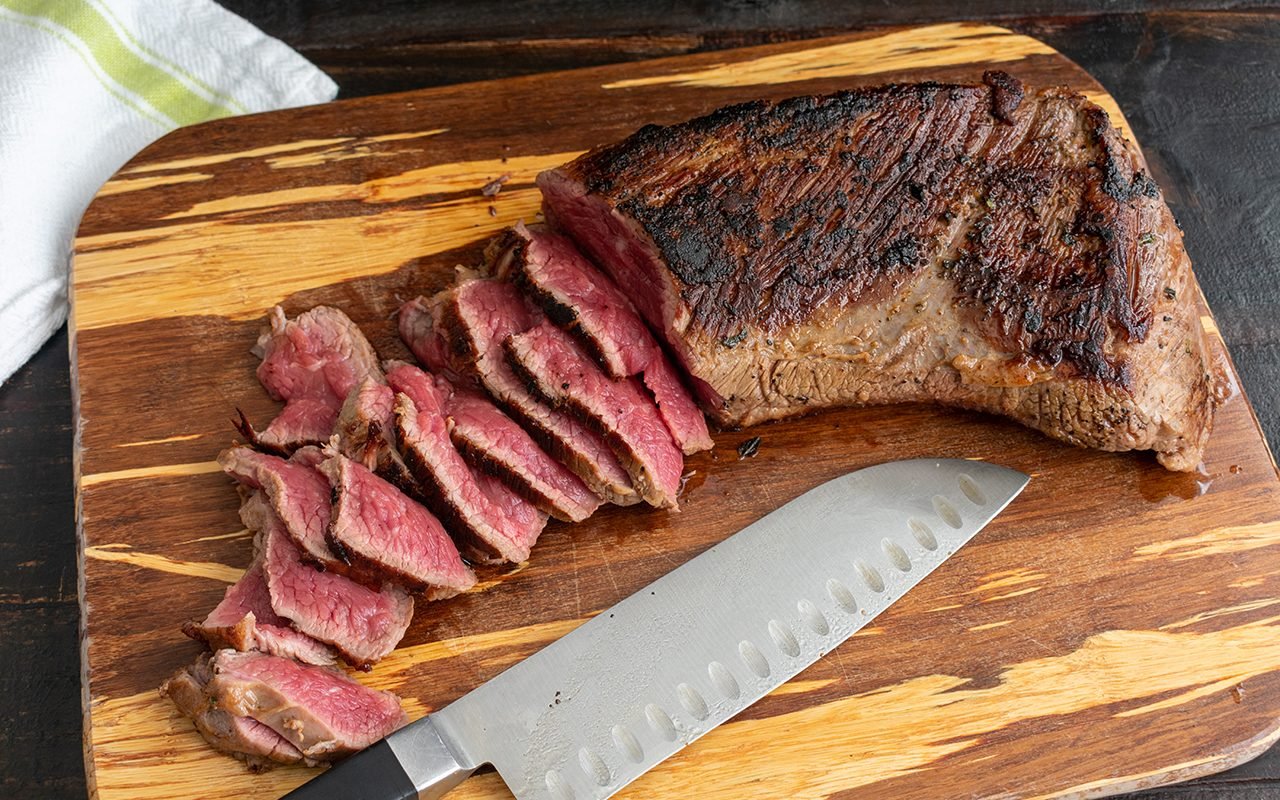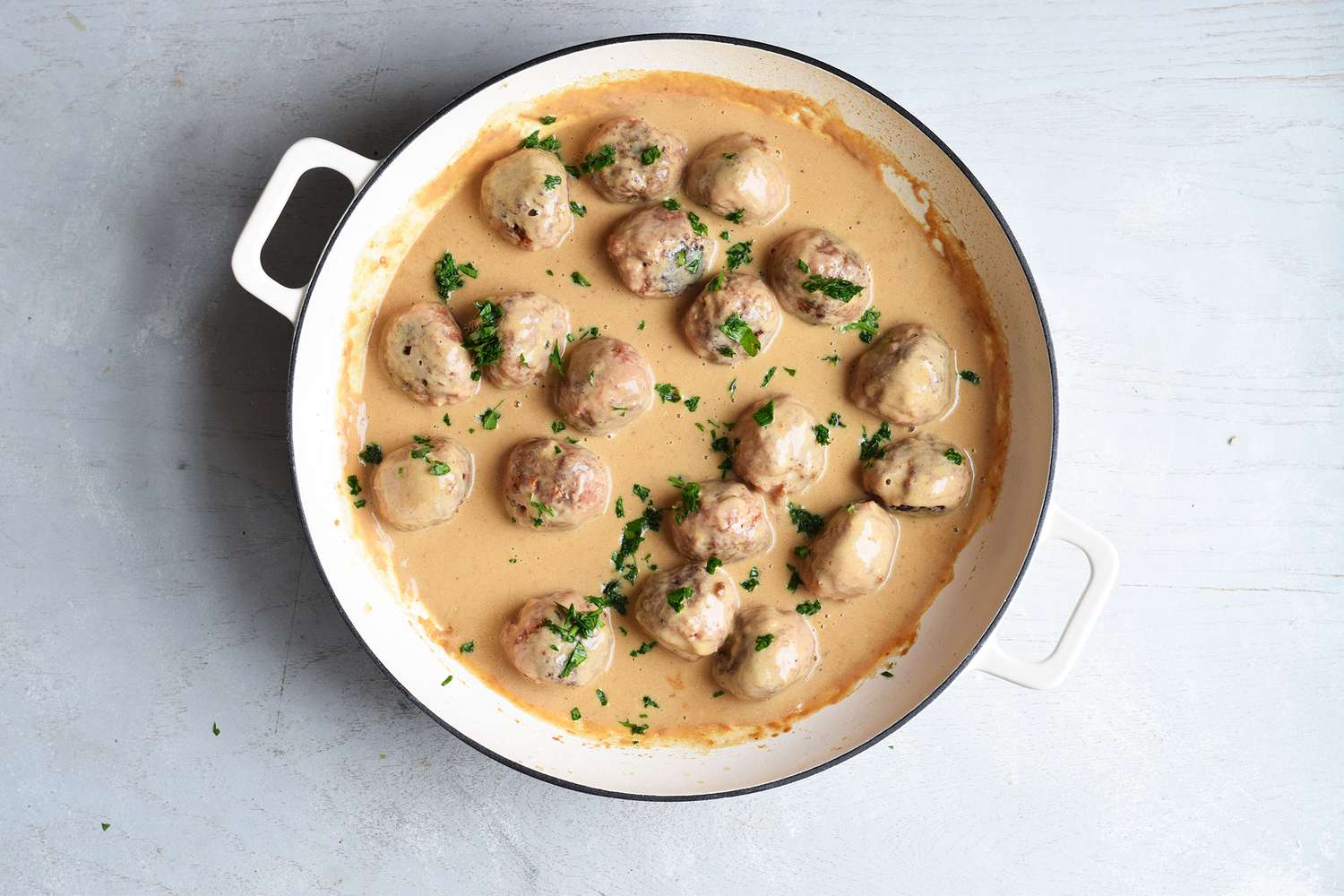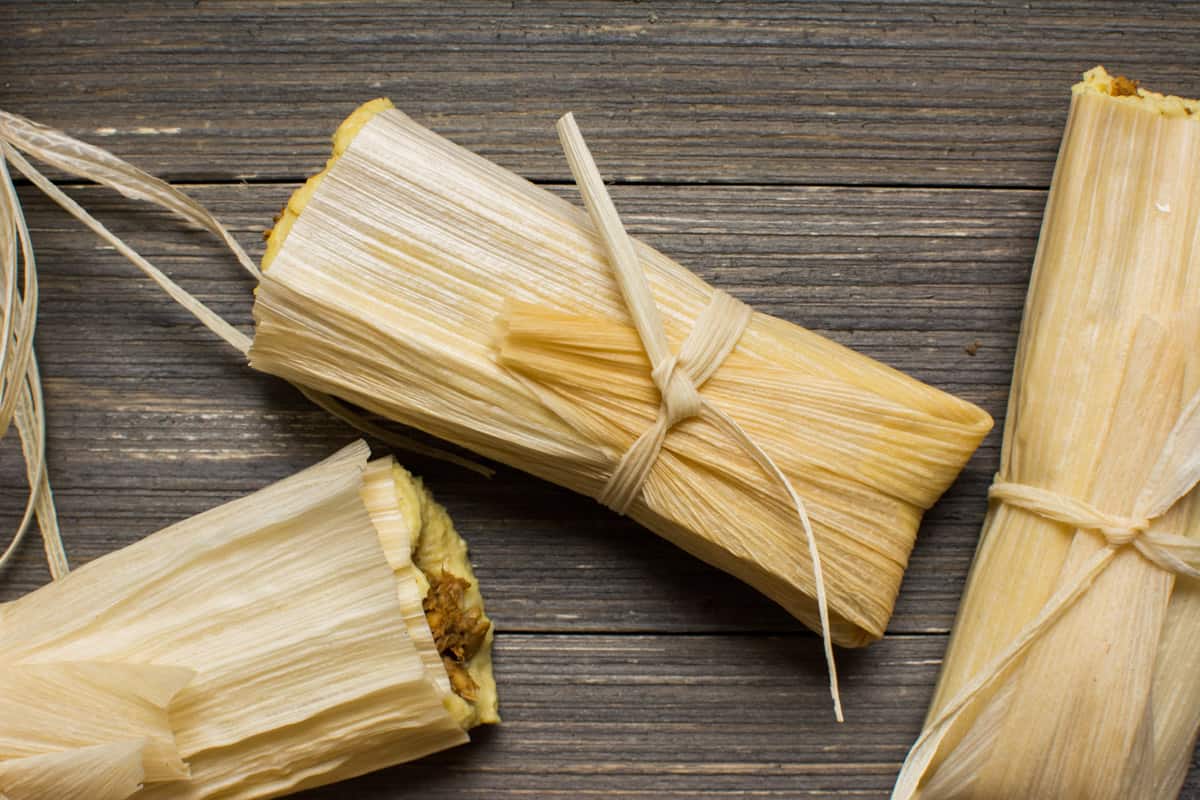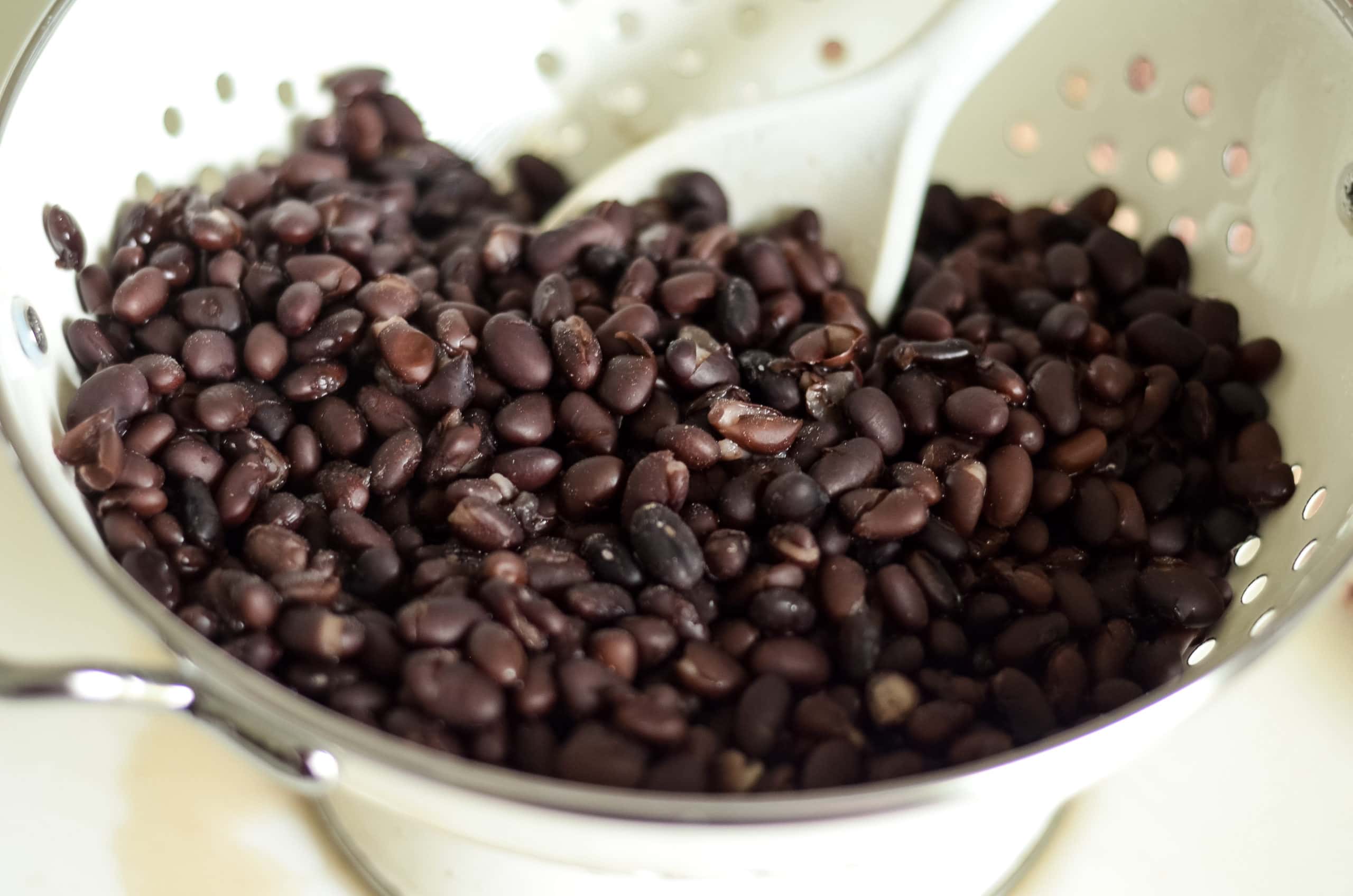Cooking pork chops for ramen isn't just about adding meat to noodles; it's an art that transforms a simple bowl into a culinary masterpiece. Perfectly cooked pork chops, tender and flavorful, elevate ramen to new heights. Whether you're a seasoned chef or a kitchen newbie, mastering this skill will impress anyone lucky enough to taste your creation. From selecting the right cut to the final sear, each step is crucial for achieving that melt-in-your-mouth texture. Let's dive into the essentials of preparing pork chops that will make your ramen dish unforgettable.
Essential Ingredients for Delicious Ramen Pork Chops
- Pork chops (2, boneless)
- Soy sauce (4 tablespoons)
- Mirin (2 tablespoons)
- Sake (2 tablespoons)
- Sugar (1 tablespoon)
- Garlic (2 cloves, minced)
- Ginger (1 inch, grated)
- Vegetable oil (for frying)
- Salt (to taste)
- Pepper (to taste)
- Ramen noodles (2 servings)
- Chicken broth (4 cups)
- Green onions (for garnish, chopped)
- Sesame seeds (for garnish)
Necessary Tools for Crafting the Perfect Pork Chops
- Chef's Knife
- Cutting Board
- Skillet or Grill Pan
- Measuring Spoons
- Measuring Cups
- Tongs
- Instant-Read Thermometer
For succulent pork chops in ramen, marinate them in soy sauce, garlic, and ginger. Sear on high heat for a crispy exterior, then slice thinly to top off your ramen bowl.
The Secret Behind Adding Pork Chops to Your Ramen
Cooking pork chops for ramen transforms simple noodles into a hearty meal. This method infuses rich flavors into the broth, creating a deeply satisfying dish. Perfectly cooked pork adds a tender, savory element that elevates ramen from a quick snack to a gourmet experience.
Mastering this technique offers a gateway to exploring traditional Asian cuisine while allowing for personal creativity in the kitchen. It's about more than just making a meal; it's an opportunity to craft a dish that warms the soul and brings joy with every bite.
Your Step-by-Step Culinary Guide to Pork Chops
-
Select pork chops: Opt for boneless pork chops that are about 1 inch thick. This cut ensures even cooking and tender meat.
-
Season generously: Rub both sides of the pork chops with a mix of salt, pepper, and any other desired seasonings. For a ramen-friendly flavor, consider adding garlic powder, ginger, and a touch of five-spice powder.
-
Preheat your pan: Place a cast-iron skillet or heavy frying pan over medium-high heat. Allow it to get hot, which will help in searing the pork chops properly.
-
Add oil: Once the pan is hot, add a couple of tablespoons of neutral oil like canola or vegetable oil. Wait for the oil to shimmer, indicating it's ready for cooking.
-
Sear pork chops: Place the seasoned pork chops in the pan. Cook without moving them for about 4 minutes on one side. This creates a golden-brown crust.
-
Flip and cook: Turn the pork chops over. Cook for another 3 minutes on the other side. For added flavor, you can add butter, garlic, and herbs (like thyme or rosemary) to the pan, basting the pork chops with the melted butter.
-
Check doneness: Pork chops are done when they reach an internal temperature of 145°F. Use a meat thermometer to ensure they're cooked through but still juicy.
-
Rest the meat: Remove the pork chops from the pan and let them rest on a cutting board for about 5 minutes. Resting allows the juices to redistribute throughout the meat, making it more tender.
-
Slice: After resting, slice the pork chops into thin strips or bite-sized pieces. This makes them easier to eat with ramen and ensures they absorb the broth's flavors.
-
Serve with ramen: Finally, add your cooked pork chop pieces to a bowl of hot ramen. They can be placed on top of the noodles or mixed in with the broth and vegetables.
This method ensures juicy, flavorful pork chops that complement the rich, savory broth of ramen, making for a satisfying and delicious meal.
Crafting the Perfect Ending
Cooking pork chops for ramen isn't just about following a recipe. It's an art that blends flavors, textures, and techniques to elevate a simple dish into a culinary masterpiece. Remember, choosing the right cut, marinating for flavor depth, cooking to perfection, and slicing thinly are key steps that transform your ramen into a dish that's both comforting and gourmet. Experiment with different spices and herbs in your marinade to find the perfect match for your palate. And don't forget, the beauty of ramen is in its versatility, so feel free to add your unique twist to it. Whether you're a seasoned chef or a home cook, mastering pork chops for ramen can add an impressive dish to your cooking repertoire. So, grab your apron, and let's make some delicious ramen!
All Your Questions Answered About Pork Chops for Ramen
How long should I cook pork chops for ramen?
Aim for a cooking time of about 3 to 4 minutes on each side in a hot skillet. You're looking for a nice sear on the outside while keeping the inside juicy. Remember, they'll continue to cook a bit after you take them off the heat, so don't overdo it.
What's the best way to season pork chops for ramen?
Go with a mix of soy sauce, garlic, ginger, and a touch of brown sugar for a marinade. This combo gives you a balance of savory and sweet, perfect for blending with the rich flavors of raman broth. Let them soak in this mix for at least an hour, or overnight if you've got the time.
Can I use bone-in pork chops for this recipe?
Absolutely, bone-in chops are great for adding extra flavor. Just keep in mind they might need a couple more minutes on the skillet compared to boneless. It's all about reaching that perfect internal temperature of 145°F.
Is there a specific type of ramen that works best with pork chops?
While any ramen can be a good match, Tonkotsu ramen, with its rich, pork-based broth, is a natural fit. The creamy texture and deep flavor complement the savory pork chops like a dream.
How do I know when the pork chops are done?
Use a meat thermometer to check for an internal temperature of 145°F. Another trick is to look for juices that run clear when you poke the chop. If they're still pink, give it a bit more time.
What's the secret to keeping pork chops tender in ramen?
After cooking, let them rest for a few minutes before slicing. This lets the juices redistribute, keeping every bite succulent. Slice against the grain for the tenderest eating experience.
Can I add vegetables to the ramen with pork chops?
Definitely, veggies like bok choy, mushrooms, and green onions add texture and flavor. Toss them into the broth a few minutes before serving to keep them crisp and vibrant.
Was this page helpful?
Read Next: How To Cook Fresh Peas In Microwave
